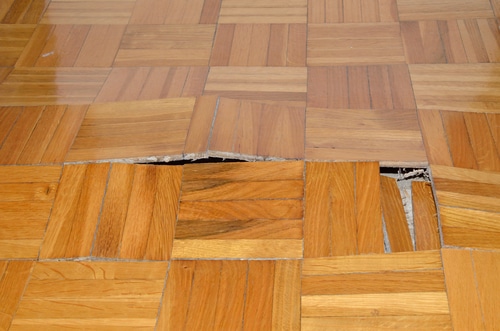6 Ways to Locate Surprise Water Leakages in Your House
6 Ways to Locate Surprise Water Leakages in Your House
Blog Article
We have come across this article about Finding hidden leaks listed below on the web and think it made perfect sense to write about it with you on this page.

Early discovery of leaking water lines can reduce a prospective disaster. Some tiny water leakages may not be visible.
1. Examine the Water Meter
Checking it is a guaranteed method that aids you uncover leakages. If it moves, that indicates a fast-moving leak. This means you may have a slow-moving leakage that can also be underground.
2. Inspect Water Usage
Evaluate your water expenses and also track your water intake. As the one paying it, you should observe if there are any kind of inconsistencies. If you detect sudden changes, in spite of your intake being the same, it implies that you have leaks in your plumbing system. Keep in mind, your water costs should fall under the very same range every month. An abrupt spike in your costs shows a fast-moving leakage.
At the same time, a steady rise every month, despite having the same behaviors, reveals you have a slow leak that's additionally gradually intensifying. Call a plumber to thoroughly check your home, specifically if you really feel a cozy area on your floor with piping underneath.
3. Do a Food Coloring Examination
When it comes to water intake, 30% comes from commodes. Examination to see if they are running effectively. Decline flecks of food shade in the tank as well as wait 10 minutes. If the shade in some way infiltrates your dish during that time without flushing, there's a leakage in between the tank and dish.
4. Asses Outside Lines
Don't neglect to check your exterior water lines too. Test spigots by affixing a yard pipe. Ought to water seep out of the link, you have a loosened rubber gasket. Replace this as well as ensure all links are limited. It will help get it skillfully analyzed as well as preserved each year if you've obtained a lawn sprinkler system. One small leak can lose lots of water and also increase your water bill.
5. Assess the scenario and also examine
Property owners should make it a behavior to check under the sink counters as well as also inside cupboards for any kind of bad odor or mold development. These two red flags indicate a leakage so prompt interest is called for. Doing routine examinations, also bi-annually, can conserve you from a significant issue.
Examine for stainings as well as compromising as most pipelines and devices have a life expectancy. If you believe dripping water lines in your plumbing system, don't wait for it to rise.
Early detection of leaking water lines can alleviate a potential catastrophe. Some tiny water leaks may not be noticeable. Checking it is a guaranteed means that helps you find leakages. One little leakage can lose tons of water as well as surge your water costs.
If you believe dripping water lines in your plumbing system, do not wait for it to rise.
WARNING SIGNS OF WATER LEAKAGE BEHIND THE WALL
PERSISTENT MUSTY ODORS
As water slowly drips from a leaky pipe inside the wall, flooring and sheetrock stay damp and develop an odor similar to wet cardboard. It generates a musty smell that can help you find hidden leaks.
MOLD IN UNUSUAL AREAS
Mold usually grows in wet areas like kitchens, baths and laundry rooms. If you spot the stuff on walls or baseboards in other rooms of the house, it’s a good indicator of undetected water leaks.
STAINS THAT GROW
When mold thrives around a leaky pipe, it sometimes takes hold on the inside surface of the affected wall. A growing stain on otherwise clean sheetrock is often your sign of a hidden plumbing problem.
PEELING OR BUBBLING WALLPAPER / PAINT
This clue is easy to miss in rooms that don’t get much use. When you see wallpaper separating along seams or paint bubbling or flaking off the wall, blame sheetrock that stays wet because of an undetected leak.
BUCKLED CEILINGS AND STAINED FLOORS
If ceilings or floors in bathrooms, kitchens or laundry areas develop structural problems, don’t rule out constant damp inside the walls. Wet sheetrock can affect adjacent framing, flooring and ceilings.
https://www.servicemasterbyzaba.com/blog/how-to-detect-water-leakage-in-walls/

I discovered that blog post about Leaking water lines when doing a lookup on the web. Are you aware of somebody who is curious about Hacks to detect leaks? Be sure promote it. I love reading our article about Detecting hidden plumbing leaks.
Report this page